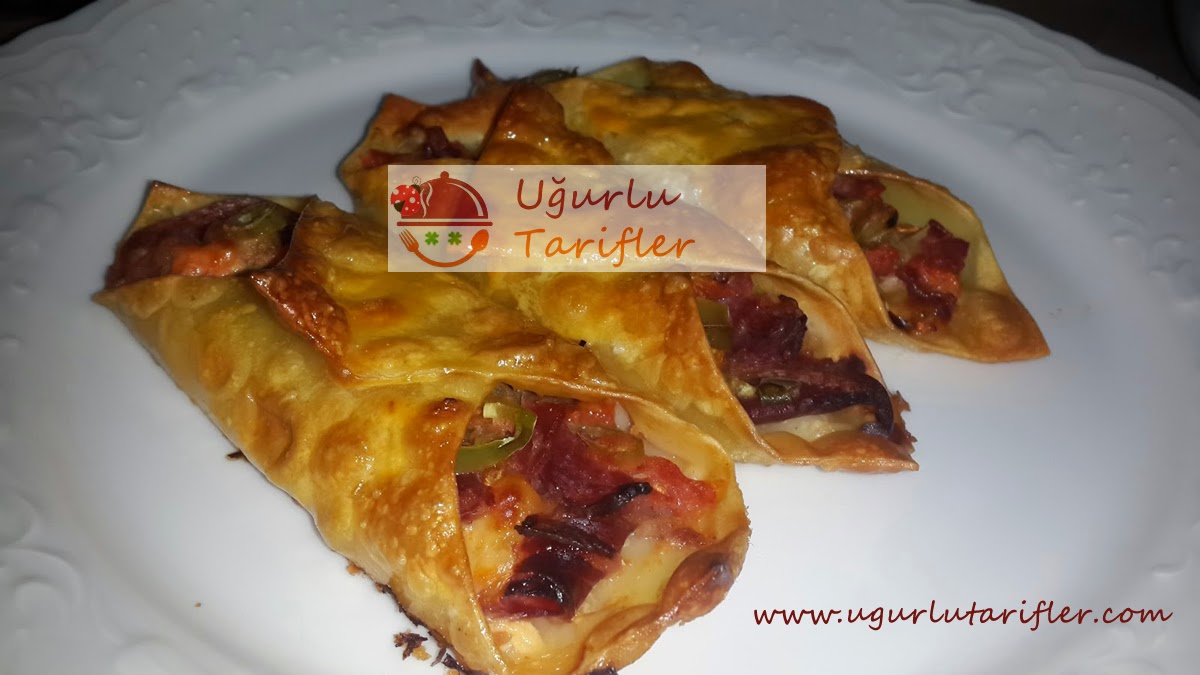“Children’s learning is ongoing and each child will progress towards
the outcomes in different and equally meaningful ways. Learning is not
always predictable and linear. Educators plan with each child and the
outcomes in mind.”
(Early Years Learning Framework, p.19)
With this in mind we encourage educators to use this reference as a source of information rather than as
a prescriptive checklist. A sound understanding of developmental milestones will support you to effectively
assess children’s play and learning. Intentional teaching, planning and evaluation should be based on sound
professional knowledge.
Links to the Early Years Learning Framework (EYLF) outcomes and the National Quality Standards are given
as examples. The examples should serve to support you in your reflection about how sound professional
knowledge supports your evaluation of the EYLF outcomes. A sound knowledge of developmental
information (as well as ongoing professional learning about theories of play and development) will enrich and
inform your understanding of and support for the learning and growth of the children in your care.
It is our belief that when educators embed the practices and principles of the EYLF into their daily practice,
the EYLF outcomes will follow, as will the capacity to meet the National Quality Standards.
Each age category includes a list indicating when to seek advice. If you are concerned about a child’s
development, you should:
y Talk with your colleagues and with the service director.
y Support families to make an appointment with their local family health nurse who will carry out a full
developmental check.
Introduction4 :: Developmental milestones and the EYLF/NQS
DEVELOPMENTAL AREA OBSERVE EXAMPLES OF LINKS TO EYLF/NQS
Physical y moves whole body
y squirms, arms wave, legs move up and down
y eating and sleeping patterns
y startle reflex when placed unwrapped on flat surface/
when hears loud noise
y head turns to side when cheek touched
y sucking motions with mouth (seeking nipple)
y responds to gentle touching, cuddling, rocking
y shuts eyes tight in bright sunlight
y able to lift head and chest when laying on stomach
y begins to roll from side to side
y starts reaching to swipe at dangling objects
y able to grasp object put into hands
EYLF Outcome 1: Children
have a strong sense of identity -
Children develop their emerging
autonomy, inter-dependence,
resilience and sense of agency.
E.g. “display delight, encouragement
and enthusiasm for children’s
attempts.” (p.22)
NQS: Areas 1, 2, 3, 5, 6
Social y smiles and laughs
y makes eye contact when held with face about 20cm
from face of adult looking at them
y may sleep most of the time
y alert and preoccupied with faces
y moves head to sound of voices
EYLF Outcome 3: Children
have a strong sense of wellbeing -
Children become strong in their
social and emotional wellbeing.
E.g. “promote children’s sense
of belonging, connectedness and
wellbeing.” (p.31)
NQS: Areas 1, 4, 5, 6
Emotional y bonding
y cries (peaks about six to eight weeks) and levels off
about 12-14 weeks
y cries when hungry or uncomfortable and usually
stops when held
y shows excitement as parent prepared to feed
EYLF Outcome 4: Children are
confident and involved learners
- Children resource their own
learning through connecting with
people. E.g. “provide opportunities
and support for children to
engage in meaningful learning
relationships.” (p.37)
NQS: Areas 1, 5, 6
Cognitive y smiles and laughs
y looks toward direction of sound
y eyes track slow moving target for brief period
y looks at edges, patterns with light/dark contrast and
faces
y imitates adult tongue movements when being held/
talked to
y learns through sensory experiences
y repeats actions but unaware of ability to cause
actions
EYLF Outcome 4: Children are
confident and involved learners
- Children transfer what they
have learned from one context
to another. E.g. “Develop ability
to mirror, repeat and practice
the actions of others, either
immediately or later.” (p.36)
NQS: Areas 1, 3, 4, 5, 6
The EYLF outlines that
00:28




